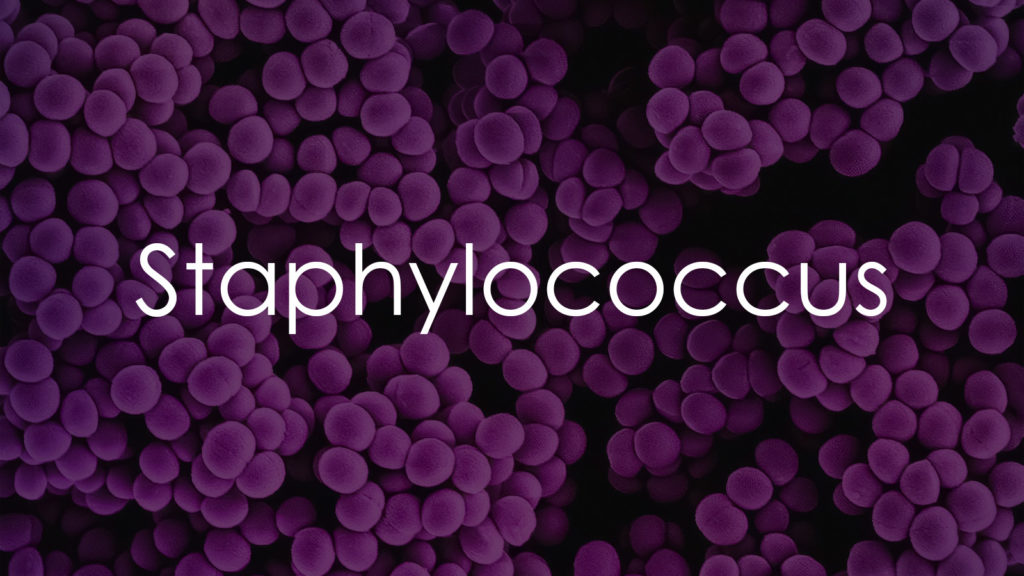Staphylococcus infections can affect different parts of the body, leading to a wide range of symptoms. The severity of these symptoms depends on the type of infection, the site of infection, and the overall health of the individual.

Common Forms of Staphylococcus Infections
- Skin and soft tissue infections: These are the most common types of staphylococcal infections.
- Invasive infections: These occur when bacteria enter the bloodstream or internal organs, leading to more serious conditions.
Skin and Soft Tissue Symptoms
The majority of Staphylococcus infections involve the skin and soft tissues. These infections are usually localized and can vary in severity from mild to severe.
Boils
Boils are one of the most common symptoms of a Staphylococcus infection.
- Appearance: Red, swollen, and painful lumps filled with pus.
- Location: Typically found on the neck, face, armpits, and buttocks.
- Development: Boils begin as a tender area that becomes firm and painful as it fills with pus.
Impetigo
Impetigo is a highly contagious skin infection often seen in children.
- Appearance: Red sores that rupture, ooze, and form a yellow-brown crust.
- Location: Commonly found on the face, especially around the nose and mouth.
- Symptoms: Itchy sores that may spread to other areas of the body through contact.
Cellulitis
Cellulitis is a deeper infection of the skin and underlying tissues.
- Appearance: Red, swollen, and tender skin that is warm to the touch.
- Location: Typically occurs on the legs but can appear anywhere on the body.
- Symptoms: Rapidly spreading redness and swelling, often accompanied by fever.
Abscesses
Abscesses are collections of pus that form within tissues, organs, or spaces in the body.
- Appearance: Swollen, painful lumps that are often red and warm to the touch.
- Location: Can occur anywhere in the body, but common in skin, teeth, and internal organs.
- Symptoms: Tenderness, warmth, and swelling, often with fever and chills if the abscess is deep.
Invasive Staphylococcus Infections and Symptoms
When Staphylococcus bacteria invade deeper into the body, they can cause more severe infections. These invasive infections often require urgent medical attention.
Bacteremia (Bloodstream Infection)
Bacteremia occurs when Staphylococcus bacteria enter the bloodstream.
- Symptoms: Fever, chills, low blood pressure, and confusion.
- Complications: Can lead to sepsis, a life-threatening condition characterized by a severe immune response throughout the body.
Septic Arthritis
Septic arthritis is a joint infection caused by the spread of Staphylococcus bacteria.
- Symptoms: Severe joint pain, swelling, redness, and warmth.
- Affected joints: Commonly affects large joints like the knees, hips, and shoulders.
Osteomyelitis (Bone Infection)
Osteomyelitis is an infection of the bone caused by Staphylococcus bacteria.
- Symptoms: Bone pain, fever, chills, and swelling over the affected area.
- Location: Most commonly affects long bones in the legs and arms, but can also affect the spine and pelvis.
Endocarditis
Endocarditis is an infection of the inner lining of the heart, usually affecting the heart valves.
- Symptoms: Fever, fatigue, shortness of breath, and a new or changed heart murmur.
- Complications: Can lead to heart failure, stroke, or other serious complications.
Pneumonia
Staphylococcus bacteria can cause pneumonia, an infection of the lungs.
- Symptoms: Cough, chest pain, shortness of breath, and fever.
- Severe cases: Can lead to respiratory failure or abscess formation in the lungs.
Symptoms of Staphylococcal Food Poisoning
Staphylococcus bacteria can produce toxins that lead to food poisoning. This is typically caused by eating food contaminated with Staphylococcus aureus.
Gastrointestinal Symptoms
Symptoms of staphylococcal food poisoning usually appear quickly, within a few hours of consuming contaminated food.
- Nausea: A sudden onset of nausea is common.
- Vomiting: Often severe and frequent.
- Diarrhea: Watery and sometimes accompanied by abdominal cramps.
- Other symptoms: Weakness, dehydration, and in some cases, low blood pressure.
Duration of Symptoms
- Short-lived: Symptoms typically last for 24-48 hours.
- Self-limiting: Most cases resolve without medical treatment, but severe dehydration may require hospitalization.
Toxin-Mediated Staphylococcus Infections
Certain strains of Staphylococcus aureus produce toxins that cause distinct clinical syndromes, such as Toxic Shock Syndrome and Scalded Skin Syndrome.
Toxic Shock Syndrome (TSS)
Toxic Shock Syndrome is a rare but life-threatening condition caused by toxins produced by Staphylococcus bacteria.
- Symptoms: Sudden high fever, low blood pressure, rash resembling sunburn (particularly on palms and soles), vomiting, diarrhea, muscle aches, and confusion.
- Progression: Rapidly progresses and can lead to shock, organ failure, and death if not treated promptly.
Staphylococcal Scalded Skin Syndrome
Staphylococcal Scalded Skin Syndrome primarily affects infants and young children.
- Symptoms: Fever, irritability, and widespread redness of the skin.
- Skin appearance: The skin becomes tender and may peel off in sheets, resembling a scald or burn.
- Severity: SSSS requires immediate medical treatment to prevent severe complications.
When to Seek Medical Attention
Recognizing when symptoms indicate a serious staphylococcal infection is crucial.
Emergency Symptoms
Seek immediate medical attention if you experience any of the following:
- High fever with chills
- Severe pain, especially in the joints or bones
- Rapidly spreading redness or swelling of the skin
- Shortness of breath or chest pain
- Confusion or disorientation
Persistent or Worsening Symptoms
If symptoms persist or worsen despite treatment, it’s important to consult a healthcare provider for further evaluation.
- Non-healing wounds: Wounds that do not heal or continue to produce pus.
- Recurrent boils or abscesses: Frequent skin infections may indicate a more serious underlying condition.
- Joint pain and swelling: Persistent joint symptoms could be a sign of septic arthritis or another invasive infection.
Conclusion
Staphylococcus infections present with a wide range of symptoms, depending on the location and severity of the infection. Early recognition of symptoms is essential for effective treatment and prevention of complications. By understanding the various manifestations of staphylococcal infections, individuals can seek timely medical care and reduce the risk of severe outcomes.